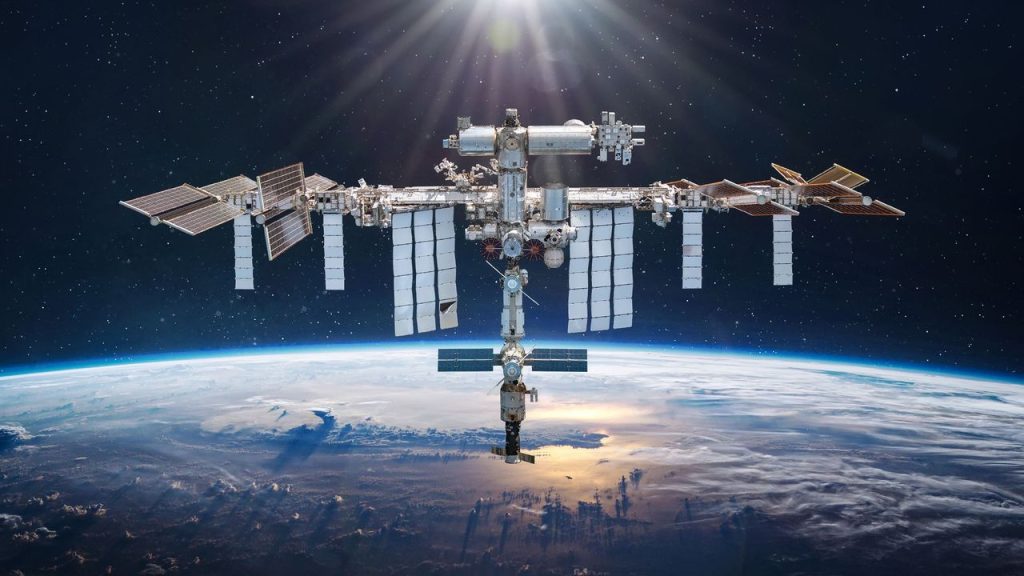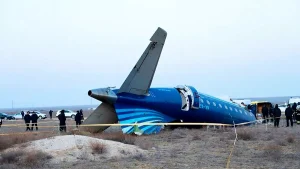What Happens When Astronauts Get Stuck in Space: Exploring the Realities and Risks of Space Missions

It’s no wonder that space exploration has become the loudest, brightest symbol of human ingenuity and curiosity but just as space probes gallivant throughout billions of miles in real time, humans surely aren’t immune to the potential for getting stuck in space, either. Every possibility for breakdown in communication, technical failure, or even ambient cosmic catastrophe could conceivably leave astronauts stranded after a trip to space and in fact, many science fiction works have already tackled that exact scenario. What happens to astronauts after getting stuck in space? What might happen to stuck astronauts, and what are space agencies that send people into space really doing to prepare for such contingencies? Let’s break it down.
The Risks of Space Missions
And some of the perils of travel to space are well-known: from space itself to the psychological rigours of isolation. Among these dangers is the very real chance that astronauts will get stuck in space. Their spaceship might be hit by a micrometeoroid. Their spacecraft could remain attached to another one in space, preventing their return to their homecraft. They could miss their docking window. Any of these events or others entirely could maroon astronauts in the harsh environment. If astronauts are stuck, the threat of their momentum is immediate. They could be running low on air, water and food. The distance between Earth and space makes rescue missions highly challenging, if not impossible.
These risks are well-known to space agencies such as NASA and ESA, which undertake extensive precautions to minimise the chances of such a potentially catastrophic scenario. Multiple systems for spacecraft propulsion and life support, rigorous training in all aspects of the mission, and constant contact with mission control are all ways that we try to keep astronauts out of harm’s way. But the cold, hard truth is that, despite all these measures, space is a dangerous place. Even relatively small mistakes can produce seemingly inconceivable catastrophes, and the chance of astronauts getting stuck in orbit forever is the haunting reminder of the inherent tenuousness of human life outside our planet’s atmosphere.
Psychological and Emotional Impact on Stranded Astronauts
To be stuck in space not only creates psychological and emotional stress, it can also be highly stressful and limit a person’s autonomy. Space is limitless and the rescue call on the radio might very well be a distant signal in an endless emptiness. In some cases I have witnessed coronavirus patients under some form of psychiatric care as their condition deteriorated Friends stuck inside the International Space Station (ISS) or inside any spacecraft feel confined. The ISS’s bedroom, for example, turns into a prison. And you can’t just ‘step outside’ to clear your mind, as astronauts can’t do on a spacecraft.
Furthermore, the psychological impact affects not only the astronauts but also their family members back home, who know how stranded their loved ones are, potentially thousands of miles away and only able to seek rescue with slim hope of success. Communication with Earth can become a lifeline and a double-edged sword, since it could keep reminding the astronaut about what they are missing and how far away they are from home. Surviving such extreme conditions has to be one of the most challenging experiences mentally, which is why there are psychological support protocols space agencies implement to help their astronauts through these experiences.
Technical Challenges and Potential Solutions
Technical problems are the most common reason that astronauts get stuck in space. These can be propulsion system failures, as with the Apollo 13 lunar module, or failures of life support systems. In the case of a technical failure, astronauts can try to work out what went wrong and repair it. Some problems might be impossible to fix, and either a rescue mission or some sort of intervention from mission control can be needed. Because the systems onboard spacecrafts are complex, there are many possible points of failure. Equally, there are a number of strategies to mitigate these risks, redundancy being one such example.
At this point, developing an autonomous rescue vehicle that can be launched at a moments notice to the orbit or the stranded astronauts is another possible solution. What’s more, we should also attempt to improve propulsion technologies such as nuclear-powered engines to help reduce travel time between Earth and stranded astronauts which will improve the chances of a rescue. So, while we do seem to be moving towards overcoming the problem forever, it does not change the fact that there is an existing flight risk to considering manned space expedition.
Historical Incidents of Astronauts Being Stranded or Lost
We see that time and again, where we almost almost lost astronauts, or almost almost killed astronauts across the enterprise of spaceflight; or almost almost left astronauts behind and ended up leaving entire missions behind. [17 June 1969] Apollo 13 was arguably the most nail-biting of those cases an oxygen tank blew up in the third stage of its rocket, crippling the vehicle, and leaving the astronauts far from Earth, where they could quickly come back. Their very survival depended on the ingenuity and innovation of the astronauts and those back in mission control. [End of side A. Side B begins at 2:00:18] They survived, of course, and were brought back home, but it was a time when we all experienced that edge in spaceflight between success and failure, and the very harrowing price of failure.
Another little-considered event is the sudden loss of contact with the Soviet spacecraft Soyuz 11, which caused the death of the three cosmonauts who were aboard. The spacecraft had successfully docked with the Salyut 1 space station, but prior to returning to Earth, the cabin depressurised and the crew were lost in space forever. In the annals of space history, cosmonauts populated the lost in space genre, from the nursing of wounds aboard Vostok 1 to the escape from Soyuz 1 with a gun to the very end of the programme. This clearly illustrates the danger of going into space, and the possibility of something catastrophic going wrong, taking with it the astronauts. These lost astronauts found in space forever are taking their failing hardware with them into deep space to their own last breakfasts.
Space Agencies’ Contingency Plans and Protocols
For example, NASA, ESA and Roscosmos have requirements for extensive contingency plans and contingency protocols to respond to stranded astronaut situations, including emergency evacuation procedures, redundant communications systems, and pre-planned manoeuvres to keep stranded astronauts in a safe return trajectory to Earth. In cases where it might take longer than planned to recover astronauts from a stranded situation, emergency supplies are pre-positioned on the ISS or other spacecraft, for example, to provi de an extended survival period.
In case of a lost situation (say, a loss of propulsion or communication) where there is no possibility of a return, the space agencies have a procedure to either attempt to enter into the atmosphere under control or, if this is not possible, to stabilise the craft in a stable orbit for a rescue mission to be prepared. Mental health support is there for the crew members throughout the ordeal. Although these protocols mitigate the risks, we must accept that not all possible, indeed impossible, situations can be foreseen, and we cannot completely eliminate the risk that some astronauts could be left in space forever.
The Future of Space Travel and the Risks of Long-Duration Missions
Future astronauts exploring our solar system on missions to Mars and beyond, could be more exposed than ever to the risks of their yawing tether getting stuck near a space station. The challenges a mission to Mars would present are mind-boggling; not only could time between missions stretch to five years or more, but every aspect of an astronaut’s time in space would need to be sustainable: from the life-support systems to the waste management, not to mention the propulsion and communication infrastructure required to operate over extremely large distances. To support astronauts on long-duration interplanetary missions, scientists are examining the creation of ‘grass stations’ essentially, space stations that can grow food and recycle air and water using life-support systems similar to those that hermit crabs use.
But the further humans travel from their home planet, the more their need to overcome these limits to rescue astronauts stranded away from home.astronauts lost in space could be completely out of our grasp for months or years.This reason alone underscores the importance of developing autonomous systems, artificial intelligence, and advanced robotics for future missions beyond our own solar system. Looking to the stars, the possibility of encountering the peril of stranded astronauts serves as a wise advance warning of the importance of careful preparation and advancing technologies of human space exploration.
Conclusion
The prospect of astronauts getting stuck in space is a daunting one, filled with numerous technical, psychological, and logistical challenges. While space agencies have developed protocols and technologies to reduce the risks, the reality is that space exploration is inherently dangerous. Incidents from the past, like Apollo 13 and Soyuz 11, serve as sobering reminders of the fine line between success and disaster in space missions. As humanity pushes the boundaries of exploration with plans to visit Mars and beyond, the risks will only increase, necessitating greater innovation and preparation.
The story of astronauts lost in space forever remains a powerful narrative that underscores the bravery and resilience of those who venture into the unknown. Whether through advancements in technology, the development of new contingency plans, or the psychological support of astronauts, every effort is being made to ensure that no one is left behind in the vastness of space. As we continue to watch “The Man from Earth” and imagine the possibilities of life beyond our planet, we must also consider the very real dangers that come with it, including the terrifying scenario of being stuck in space, far from the bluestar Polaris.





